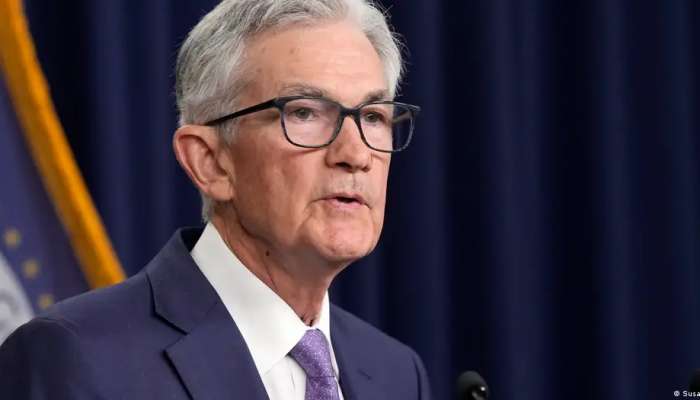The US Federal Reserve recently announced that it would be maintaining its key lending rate at between 5.25 and 5.50%. This decision comes after policymakers forecast only one rate cut in 2024, a significant decrease from the previous estimate of three cuts. Despite economic activity expanding at a solid pace, strong job growth, and low unemployment rates, Fed chair Jerome Powell emphasized the need for more positive data to ensure that inflation is moving towards the targeted 2%.
The annual consumer price index (CPI) dropped to 3.3% in May, slightly lower than the previous month and below expectations. The Fed acknowledged that there has been modest progress towards the inflation target, but inflation still remains elevated. The benchmark rate has been above 5% since July 2023, as the Fed aimed to curb borrowing and spending to combat high inflation levels that peaked in 2022 at over 9%. The challenge for policymakers now is to maintain high rates without risking a recession, which is often referred to as a “soft landing.”
In June, the European Central Bank made a surprising decision to reduce interest rates in the eurozone for the first time since 2019, citing weakening price pressures. However, Fed officials are optimistic about long-term inflation rates, projecting them to be around 2.6% at the end of 2024, slightly higher than the previous estimate of 2.4%. Powell emphasized that the timing of future rate cuts will depend heavily on incoming data and economic trends.
Overall, the Federal Reserve’s decision to keep the lending rate steady reflects its cautious approach to balancing economic growth with inflation control. With a focus on achieving sustainable inflation levels and avoiding a recession, policymakers are closely monitoring data to determine when and if future rate cuts will be necessary. The global economic landscape, including actions taken by central banks like the European Central Bank, will continue to influence the Federal Reserve’s decision-making process.











